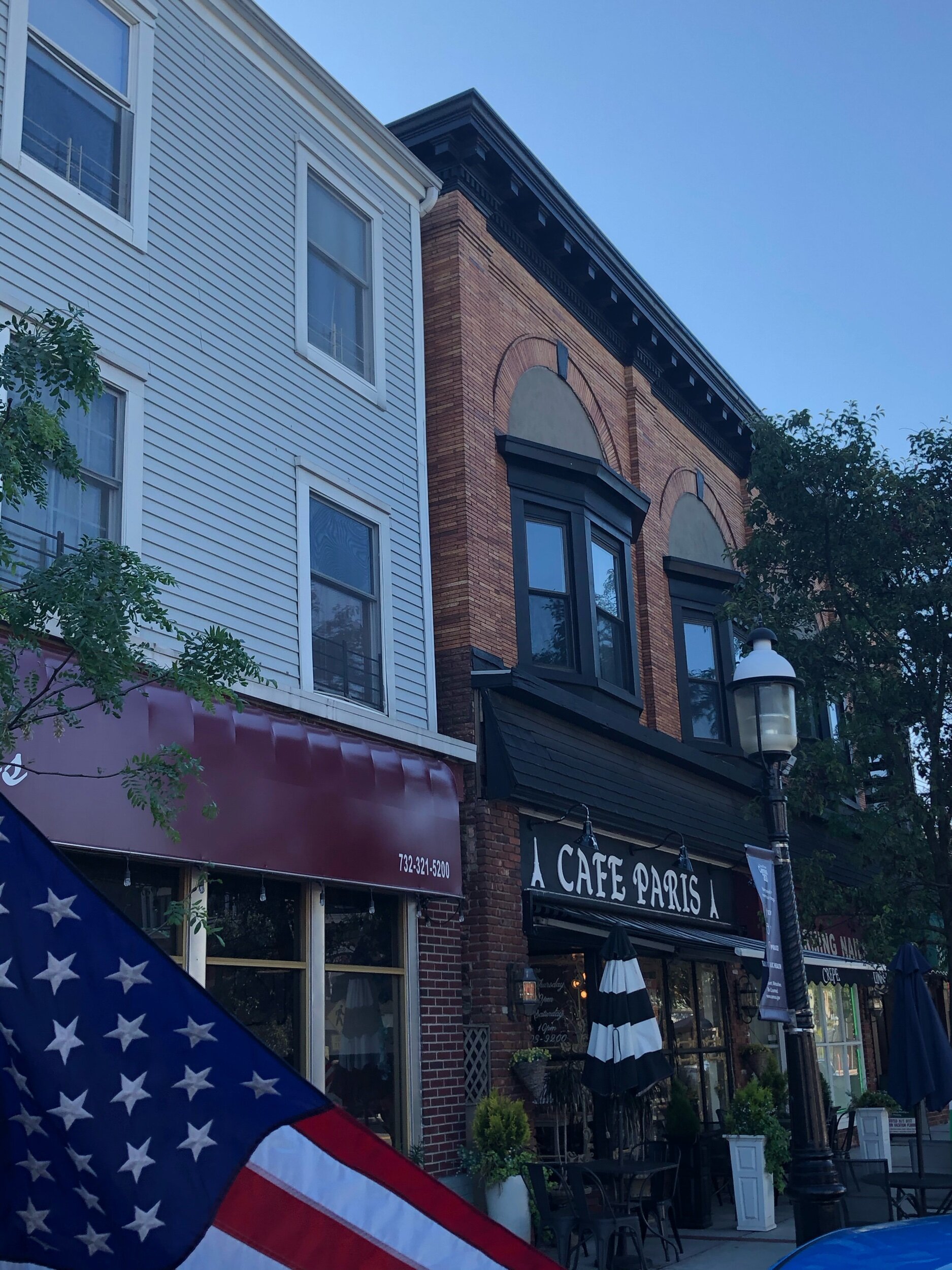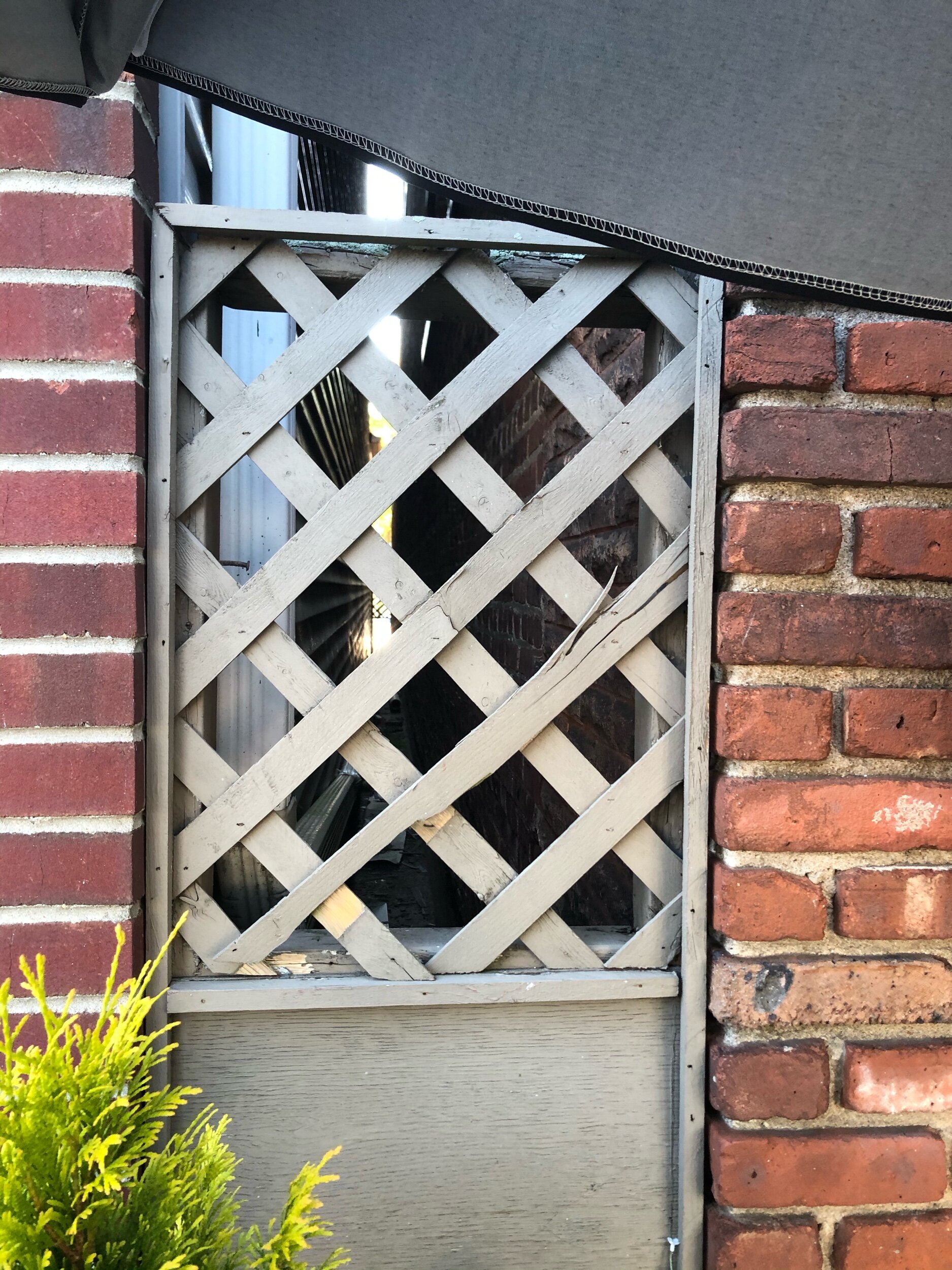When to Detach from the Plan
In theory, our strategies and tactics for our incident action plan are developed based on our 360-degree size-up. In reality, our strategies and tactics of our incident action plan are developed based on many variables - the pre-incident size-up, the alarm size-up, the on-scene size-up and the post-incident (after action review) size-up. All these variables are covered in chapter 3 of my book, "The 5-Tool Firefighter" in greater detail. For purposes of this article, I am highlighting them for other purposes.
The pre-incident size-up
The pre-incident size-up is the first and best place to begin putting our IAP together by collecting as much important and relevant information of the structure as we possibly can and therefore beginning to build our "gameplans" and try them out in training. During this size-up, we can locate and note the following:
Construction type
Interior space size
Containment areas
Stairwells and elevators
FDC hookups
Solar Panels
Note: variables change based on the type of construction and type of occupancy you are pre-planning. These six items are only a sample of what we could look to identify during a pre-planning.
The alarm size-up
During the alarm size-up this is where firefighters and fire officers should start considering the variables taken during the pre-incident size-up. On the way to the alarm, things to look into are as follows:
Location of the structure
Type of occupancy
Current apparatus staffing
Weather conditions and time of day (loosely)
Apparatus placement (think water supply/aerial operations)
These areas will lead into building the strategies and tactics for our IAP for this particular alarm. Now comes the on-scene.
The on-scene size-up
This is where the pre-planning and alarm size-ups are put to work. All our work identifying key areas of consideration and training are now put to the test. In reality, it is where we are provided with much more information specific to the alarm, confirming our variables during the alarm size-up, such as building construction, type of occupancy and location.
Here is where more in-depth size-ups will take place not only at the command level but at each company level. Firefighters of truck and engine companies will now begin going inside the structure and taking note of the area under a different light and different conditions and relaying their findings back to the incident commander. This information being done at the company level will now allow the IC (incident commander) to make fire ground decisions that’s are prioritized for a safe and efficient outcome. This process continues until command is terminated.
Post-incident size-up
Once we've returned to the station and cleared up, it is imperative that we begin to discuss what went right and wrong on the incident, no matter the severity of the incident. This helps firefighter and fire officers strive to improve on their strengths and weaknesses of their job and strive to be as successful as possible.
Things to consider:
What did we expect to happen?
What actually happened?
What went well and why?
What can we improve upon and how?
Looking at these four areas of size-up, we need to understand one thing. Our incident action plan that is designed to assist is can also hurt us. Well, how is that possible? We have pre-planned, sized-up on alarms, trained on scenarios for this type of occupancy, we did everything? What would hurt us?
What could hurt us is by sticking to the script of the IAP. What do I mean by that? Unforeseen circumstances and confirmation bias.
The outcome of the incident is initiated in our thought process before we develop any strategies or tactics of the incident. In order to develop strategies and tactics we first must identify our outcome. Makes total sense right? We cannot plan for an outcome we do not have in mind.
Our confirmation bias also agrees but here is the caveat. We cannot identify areas of concern if we simply go off an incident action plan without detaching ourselves from the plan for a moment. Meaning, we use our IAP as a guide but also take the time to look around for key areas that we are predisposed to instantly ignore.
Here is an example.
We prepare our alarm size-up and look at the time of day. For example, Engine 2 is responding to a fire alarm activation at 234 Sesame Street on a Tuesday at roughly 1400 hours. It is a 2-story residential wood frame structure and normally at this time the family is either working and/or at school.
Initially we are thinking this could be a faulty smoke detector activation or maybe someone is home and it's burnt food on the stove. However, upon arrival we see no signs of "life" at the residence. There are no cars in the driveway or at the curb and no homeowner waiting for us. Right here, our confirmation has proven correct. No one is home and a faulty detector went off.
We immediately considered that because of the time of day with no activity at home upon arrival and the lack of cars visible to us, it must appear no one is home.
Now let's detach from that mindset for a moment.
We automatically assumed based on the time of day and day of week no one would be home however, that simply cannot be the case. To overcome confirmation bias, we need to loosely take time of day into account and assume every response has occupants on scene. Having a rough idea of who might be home is good to have but it cannot be written in stone and here's why.
A residential structure could with an attached or detached garage could have the homeowner’s car parked inside (off-day or working from home) or the car could be for all intents and purposes, at a shop getting work done.
To go further into the example here is more details. The engine company officer decides to DETACH from the initial mindset and dispatch and peak around the exterior of the structure that has a 6-foot privacy fence around the side yard and into the backyard and notices black smoke coming from the basement windows on the "C" side (Charlie side ) of the structure after entering through the fence gate.
We've identified two areas of concern here. One, we disregarded the confirmation bias of time of day that the potential of no one is home and we identified an unforeseen circumstance based on the initial dispatch of the alarm.
By detaching from the plan for a moment and taking a step back to question and prove out your initial mindset can oftentimes be the difference between a reactive approach or a proactive approach. The IAP is a great tool to have although we must ensure we are always critically thinking on scene and not simply going through the motions.
Until next time - work hard, stay safe & live inspired.

















